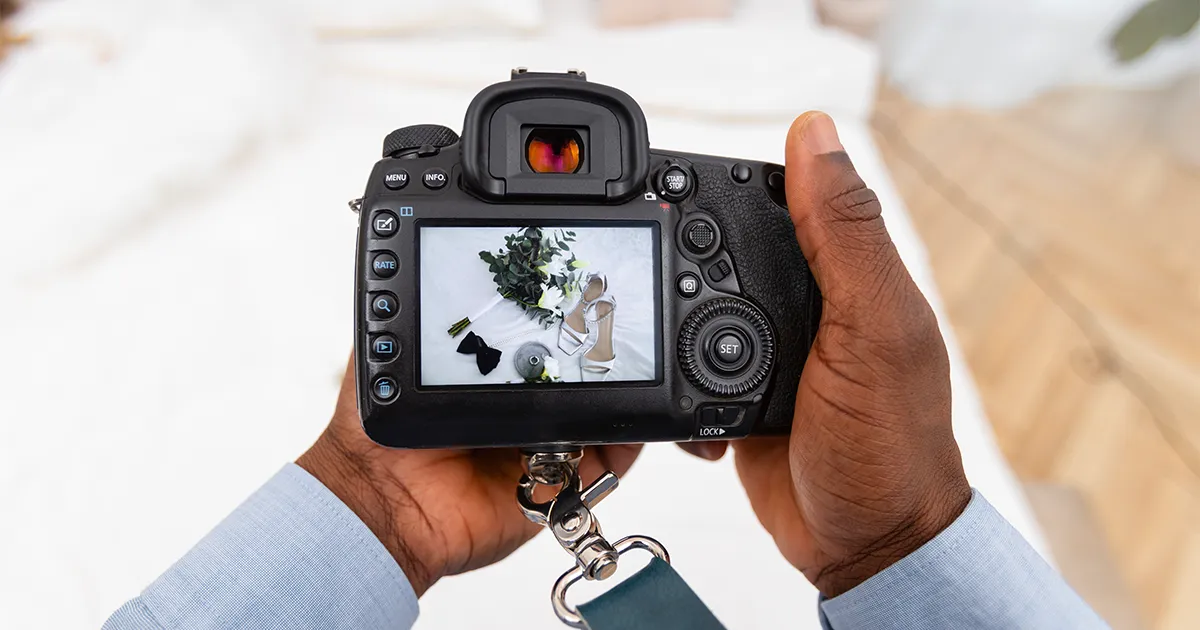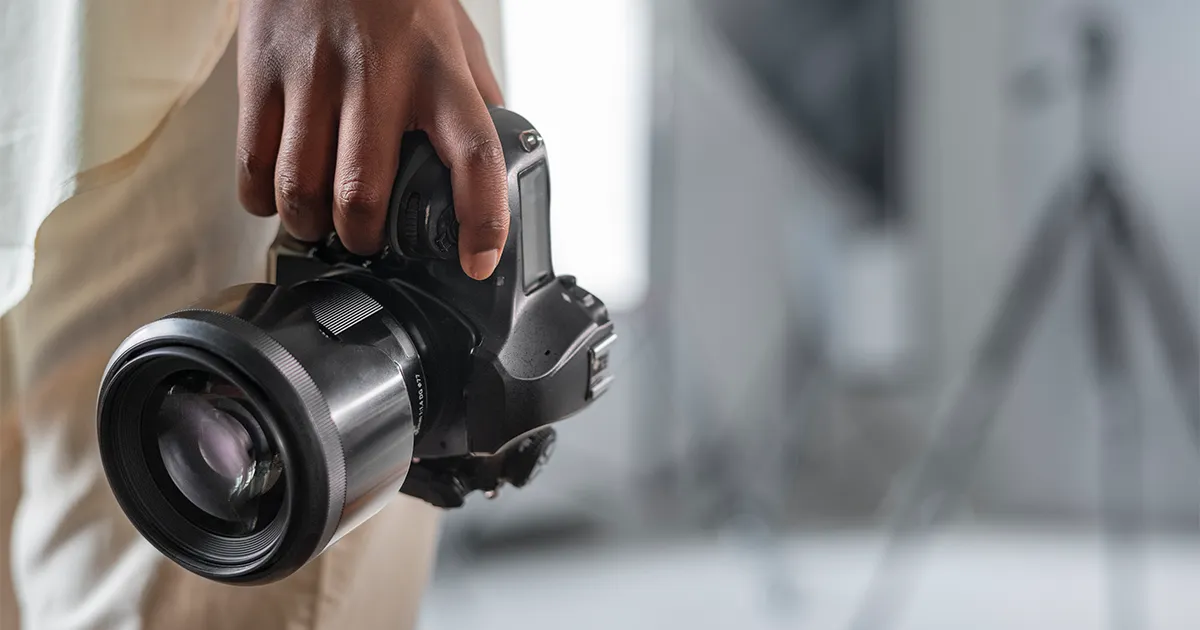The Essence of Documentary Photography: Beyond Capturing Reality
At its core, documentary photography exists to tell stories through visual truth. Unlike other photographic genres that might arrange, style, or direct subjects, documentary photography thrives in the unscripted moments of authentic human experience. It transforms ordinary scenes into extraordinary visual narratives that reveal deeper truths about our world.
“Documentary photography isn’t just about recording what exists,” explains renowned photojournalist Elena Hernandez. “It’s about revealing what matters—finding the universal in the specific, the extraordinary in the everyday, and the humanity in every situation.”
This commitment to authenticity is what gives documentary photography its unique power. By bearing witness to real moments and presenting them without manipulation, documentary photographers create visual testimonies that connect viewers to experiences beyond their own—fostering understanding, empathy, and awareness that words alone often cannot achieve.
The Historical Roots of Documentary Photography
Documentary photography emerged in the late 19th century as both an artistic pursuit and a social tool. Early pioneers like Jacob Riis and Lewis Hine used documentary photography to expose harsh living conditions and child labor practices, creating visual evidence that directly influenced social reform.
During the Great Depression, the Farm Security Administration (FSA) commissioned documentary photographers like Dorothea Lange and Walker Evans to document rural American life. Their powerful images—like Lange’s iconic “Migrant Mother”—transcended simple documentation to become defining symbols of an era.
“What distinguished these early documentary photography projects was their dual purpose,” notes photography historian Dr. James Wilson. “They simultaneously served as historical records and as catalysts for social change. The documentary photographers weren’t just observing—they were advocating through their lenses.”
This tradition continues today, with documentary photography serving both as historical preservation and as a powerful medium for social commentary and change.
The Evolving Language of Documentary Photography
While documentary photography’s commitment to authenticity remains constant, its visual language and approaches have evolved significantly:
From Black and White to Color Documentary Photography
Early documentary photography relied almost exclusively on black and white imagery—partly from technical necessity but also for its powerful simplicity and emotional impact. As color film became more accessible, documentary photographers gained new expressive tools.
“Color adds another dimension to documentary photography,” explains photojournalist Michael Chen. “It can be used to create mood, draw attention to specific elements, or simply represent the world as we actually see it. The decision between color and monochrome is now part of the storytelling process.”
From Distance to Immersion
Documentary photography has shifted from an observational distance toward more immersive approaches. Contemporary documentary photographers often spend months or years embedded within communities, developing relationships that allow for more intimate and nuanced visual storytelling.
“The best documentary photography comes from genuine connection,” says humanitarian photographer Sophia Torres. “When subjects trust you and understand your purpose, they allow you access to authentic moments that tell deeper stories. This isn’t about ‘taking’ photos—it’s about creating them together.”
From Single Images to Extended Narratives
While the power of a single iconic image remains undisputed, contemporary documentary photography increasingly embraces more complex narrative structures. Photo essays, long-term projects, and multimedia presentations allow documentary photographers to explore subjects with greater depth and nuance.
The Technical Craft Behind Documentary Photography
Despite its seemingly spontaneous nature, exceptional documentary photography requires technical mastery and intentional decision-making:
Anticipation and Timing
Great documentary photographers develop an intuitive sense for decisive moments—anticipating when elements will align to tell the most compelling story. This requires not just quick reflexes but a deep understanding of human behavior and social dynamics.
“Documentary photography is as much about what happens before pressing the shutter as the moment itself,” explains street photographer David Martinez. “You’re constantly reading situations, anticipating interactions, and positioning yourself where stories are likely to unfold.”
Compositional Storytelling
While documentary photography captures unmanipulated reality, how photographers frame that reality is highly intentional. Compositional choices—what to include or exclude, how to arrange elements within the frame, what perspective to adopt—fundamentally shape the resulting narrative.
Light as Narrative Element
Documentary photographers learn to work with available light as a storytelling tool, recognizing how different lighting conditions create mood, emphasize or obscure details, and influence viewer response.
“Light isn’t just a technical consideration in documentary photography—it’s a character in your story,” notes conflict photojournalist Ray Thomas. “Harsh light can create drama and tension. Soft light can evoke intimacy and vulnerability. These aren’t just aesthetic choices; they’re narrative ones.”
Equipment Considerations
Documentary photography often demands equipment choices that prioritize versatility, discretion, and durability over maximum technical perfection. The ability to work unobtrusively, react quickly, and adapt to unpredictable situations typically outweighs the benefits of more specialized but cumbersome gear.
Ethical Dimensions of Documentary Photography
The power of documentary photography brings significant ethical responsibilities:
Representation and Dignity
Documenting vulnerable communities or individuals in crisis demands careful consideration of how subjects are portrayed. Ethical documentary photography seeks to present subjects with dignity and agency rather than reducing them to symbols of their circumstances.
“The question isn’t just ‘Is this a powerful image?’ but ‘Is this a responsible image?'” explains humanitarian photographer Maria Johnson. “Documentary photography at its best illuminates without exploiting, reveals without reducing, and connects without objectifying.”
Truth and Context
While documentary photography presents unmanipulated visual reality, the framing choices, selection process, and contextual presentation significantly influence how viewers interpret that reality. Responsible documentary photographers consider how their work might be understood and potentially misunderstood.
Consent and Relationship
Contemporary documentary photography increasingly emphasizes informed consent and collaborative approaches. Many documentary photographers now involve subjects in the process, sometimes even sharing editorial control or proceeds from the work.
Documentary Photography Across Contexts
The principles of documentary photography find application across diverse contexts:
Photojournalism and News Documentary Photography
Perhaps the most visible form of documentary photography, photojournalism delivers visual reporting of current events, conflicts, and social issues. Operating under strict ethical codes regarding authenticity, photojournalistic documentary photography provides vital visual testimony of unfolding history.
Long-form Documentary Photography Projects
Extended documentary photography projects allow photographers to explore subjects with greater depth. These projects often result in books, exhibitions, or multimedia presentations that offer nuanced perspectives on complex social realities.
Personal Documentary Photography
Some documentary photographers turn their lenses toward their own communities, families, or experiences. This intimate form of documentary photography often reveals universal truths through highly personal visual storytelling.
Advocacy Through Documentary Photography
Many documentary photographers explicitly align their work with social causes, using visual storytelling to raise awareness, challenge misconceptions, and mobilize support for marginalized communities or environmental issues.
The Digital Revolution in Documentary Photography
Digital technology has transformed documentary photography in fundamental ways:
Democratization of Access
Smartphone cameras and social media platforms have created unprecedented opportunities for documentary photography from previously unheard voices, allowing communities to document their own realities rather than being documented by outsider
“We’re seeing a radical democratization of documentary photography,” notes digital media researcher Dr. Lisa Park. “Communities that were traditionally the subjects of documentary work are now becoming the authors of their own visual narratives. This shift has enormous implications for representation and perspective.”
Distribution and Impact
Digital channels allow documentary photography to reach global audiences instantly, potentially creating immediate impact. Images that might once have reached only gallery visitors or magazine subscribers can now influence global conversations within hours.
Verification Challenges
The ease of digital manipulation has created new challenges for documentary photography’s credibility. Establishing provenance and authenticating documentary images has become increasingly important in maintaining public trust.
Creating Meaningful Documentary Photography Projects
For aspiring documentary photographers, these fundamental principles can guide meaningful work:
Find Personal Connection
The most compelling documentary photography springs from genuine curiosity and connection. Subjects that intersect with your own experiences, questions, or concerns often yield the most authentic work.
Research Deeply
Before raising your camera, invest time in understanding context. Background knowledge helps documentary photographers recognize significant moments and interpret them with appropriate nuance.
Build Relationships
Exceptional documentary photography rarely happens on first contact. Building trust and developing relationships with subjects creates access to more meaningful moments and ensures more ethical representation.
Look for Universal Themes
The most powerful documentary photography finds universal human experiences within specific situations. Look for visual elements that connect viewers to broader themes of identity, belonging, struggle, or joy.
Consider Impact
Think beyond the images themselves to how your documentary photography might be used, understood, and experienced by different audiences—especially by the communities you’re documenting.
The Enduring Power of Documentary Photography
In an age of information overload and decreasing attention spans, documentary photography remains uniquely powerful. A single compelling image can cut through noise, communicate across language barriers, and create emotional connections that text alone rarely achieves.
“Documentary photography speaks to parts of our brain that process information differently than words,” explains neuroscientist and visual culture researcher Dr. Anna Chen. “Images bypass certain cognitive filters and connect directly to emotional centers. This is why documentary photography can sometimes change minds when arguments fail.”
This neurological reality explains why, despite the proliferation of video and interactive media, still documentary photography maintains its cultural significance and emotional impact.
Conclusion: Documentary Photography as Witness and Mirror
At its most profound, documentary photography serves dual functions: witness to realities beyond our direct experience and mirror reflecting our common humanity. By freezing authentic moments in time, documentary photography creates visual narratives that expand our understanding, challenge our assumptions, and connect us across differences.
Whether documenting global conflicts, environmental challenges, cultural traditions, or intimate personal stories, documentary photography reminds us that seeing—truly seeing—is the beginning of understanding. In a world increasingly divided by filter bubbles and competing narratives, authentic documentary photography offers something increasingly precious: a shared visual language through which we can recognize ourselves in others and others in ourselves.
For both creators and viewers, documentary photography invites us into a deeper relationship with reality—not as we wish it to be, but as it truly exists, with all its complexity, contradiction, tragedy, and beauty.





